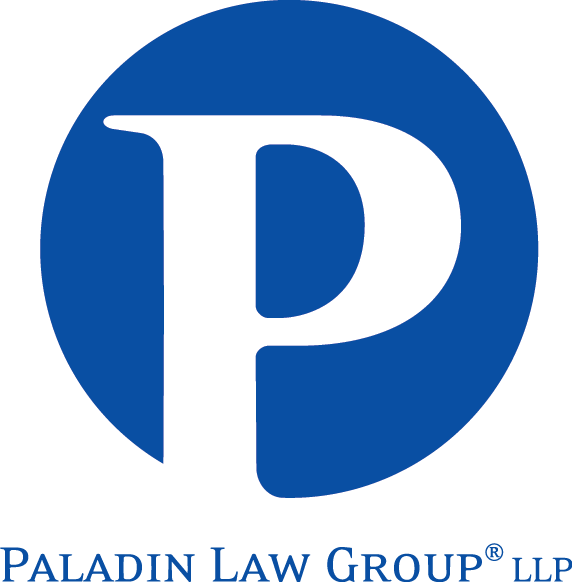The “Innocent Landowner” Defense Proves to be Out of Reach . . . Again
- October 1, 2008
- Paladin Law Group® LLP
- Publications
- 0 Comments
By Bret A. Stone and John R. Till
What “innocent landowner” defense? In a recent California case, a developer who unknowingly spread arsenic-contaminated dirt during the construction of a residential project almost thirty years ago was held liable under CERCLA. United States v. Honeywell 542 F. Supp. 2d 1188 (E.D. Cal. 2008).
The case involved an EPA action following the discovery of arsenic contamination coming from the now-abandoned mining operations adjacent to the lot in dispute. The EPA removed and replaced soil and landscaping from the entire area in order to remediate the contamination and then filed a cost recovery suit against the responsible parties. In response to the suit, the defendants filed contribution actions against multiple third party defendants, including the developer who owned the property between 1978 and 1982. The developer had also contracted with third parties to grade, excavate and otherwise prepare the property for residential use. Even though the developer had no knowledge of the property’s contamination, his activities were found to have expedited the rate at which the arsenic contamination migrated through the area.
CERCLA imposes liability on several classes of persons, including former owners at the time of disposal. The statute offers few defenses, one of which is known as the “innocent landowner” defense. The elements of the defense require that the landowner (1) is not responsible for the contamination; (2) did not contract with a party that is responsible for the contamination; (3) exercised due care; and (4) took precautions against foreseeable acts and omissions of a third party.
In United States v. Honeywell, the developer asserted this defense but was denied for several reasons. First of all, the companies that did the actual excavation and grading were clearly contracted by the developer, violating the second part of the innocent landowner defense. In addition, the court found the developer did not exercise due care or take precautions against foreseeable acts by a third party. The court found that “it is eminently foreseeable that the development of such land would result in a release of whatever substances, hazardous or not, were in the soil.” Not only could the developer have foreseen this release of hazardous materials, but he took steps in developing the property in question that arguably “agitated and released” the materials already contained in the soil. The court’s decision clarified that the foreseeablilty analysis revolves on whether the use of a property could possibly release already existing pollutants, not whether the defendant knows whether contamination exists in the first place. Accordingly, the court found that it was “simply untenable” that “the release of materials is an unforeseeable consequence of the residential development of raw land” and held the developer liable.
So what does this case mean for landowners and developers? The Honeywell decision builds on existing precedent that casts a wide net for potentially responsible parties (“PRPs”). Developers should tread cautiously to make sure they have made all appropriate inquiries into the potential for contamination during their due diligence. While contaminated sites need not be avoided altogether, it is important that the developer understand – both technically and legally – the challenges that may be faced.
In dealing with those challenges, the developer may also want to consider cost recovery. The Ninth Circuit recently applied the Supreme Court’s decision in United States v. Atlantic Research Corp., __ U.S. __, 127 S. Ct. 2331 (2007), which held that a PRP may recover costs it incurs in responding to environmental contamination from other PRPs under CERCLA section 107(a). Kotrous v. Goss-Jewett Co. of N. Cal., Inc. 523 F.3d 924 (E.D. Cal. 2008).
Thus, the developer initiating a cost recovery action would be able to seek joint and several liability from other PRPs and not just contribution. While a developer may not be able to prove his “innocence,” there are viable cost recovery options to hold those responsible for actually causing the contamination in the instance liable for the cleanup.

Leave a Reply
You must be logged in to post a comment.